Shoulderstand – to teach, or not to teach, that is the question

Many yoga teachers have had an experience of a student stepping into a class and immediately plopping up into a Shoulderstand (or a Headstand, which is even riskier). It always makes me wonder – is it a genuine way to prepare for class or an opportunity to show off? But regardless of the intention here, it’s a bad idea either way. Why? Because the neck is at stake! Both inversions place tremendous stress on the neck, so it needs to be prepared and compensated for adequately. Unfortunately, the Plow pose is NOT a good preparation for the Shoulderstand, and the Fish pose is NOT the best compensation. But before we get into that, let me ask you: is Shoulderstand worth teaching at all?
There seem to be two camps of yoga teachers when it comes to Shoulderstand: those who teach it all the time and those who barely teach it at all. Those who teach it all the time talk about great benefits; those who don’t teach it much are mostly concerned with risks. When talking about benefits, Shoulderstand is often assigned almost mythical qualities: increased lymph circulation, increased blood flow to the brain, relief from asthma, better hormonal balance, stress relief, better metabolism, fat loss (ha?), muscle toning, excellent both for insomnia and fatigue, etc. Unfortunately, nobody can cite any studies for those claims, probably because there aren’t any (if you know some, please alert me!) There are a lot of assumptions here. We ASSUME that if we increase circulation to the place where the thyroid gland is, it would improve its function. Yet the gland is not a muscle; it doesn’t work the same way. We ASSUME that if we are upside down, the blood flow to the brain is increased, but in fact, there is a blood-brain barrier that protects the brain from foreign substances and also maintains a constant environment for the brain. And fat loss? Come on, who would suggest that an overweight person flips upside down, asking the neck to bear all that weight for the faint promise of increased metabolism?
On the other hand, the risks of the Shoulderstand are very real. You are placing the neck in an extreme position, pulling strongly on the posterior structures of the neck, including the nuchal ligament, which supports the weight of the head. Ligaments are not elastic; once you overstretch them, they will not return to their original length, which compromises the support structure for your (heavy) head. Another very real risk of regular Shoulderstand practice is losing the curve of the cervical spine, leading to potential disc compression. And to quote Michelle Edwards of Yoga Align: “What happens when you have a flat neck spine? You lose the shock-absorbing forces; flat neck transfers force to the front of the vertebrae stimulating weight-bearing surfaces to grow extra bone or spurs which can lead to pain, numbness, and headaches.” Our necks are designed to be very mobile, which means they are not very stable and support the weight of the head, not the entire body.
I guess by now you’ve guessed which teaching camp I belong to? 🙂 I rarely teach Shoulderstand and when I do, it’s only to a group of capable students that I know very well. Then, the entire class is organized around it – we take time to prepare the body and then time to compensate, all with the purpose of minimizing the risk. Why do I teach it at all? Well, there are verifiable benefits. The main benefit, of course, is reversing the downward pull of gravity on our bodies. The gravitational force is constantly pulling us down, which causes changes in our bodies that become more pronounced with age: loss of height, organ prolapse, varicose veins, etc. To slow this process down, you can either travel into space or invert your body. And Shoulderstand does just that (inverting, not space travel).
In addition, when you are upside down in a Shoulderstand
- Your spinal musculature has to work in a different way, which leads to the strengthening of those structures
- Your entire body has to work together to maintain equilibrium, which means building better integration between different parts
- Your diaphragm has to contract against gravity on the inhalation, which leads to the strengthening of the respiratory musculature
- It gives you a new perspective on things by literally turning your outlook on its head
It also helps you stretch your upper back muscles and usually has an energizing effect on the system.
Traditionally, Sarvangasana is called the Mother of all postures and is said to replenish the nectar of immortality that we all enter this world with. Basically, if you practice Shoulderstand you will stay young forever 🙂 I can neither prove nor disprove this statement.
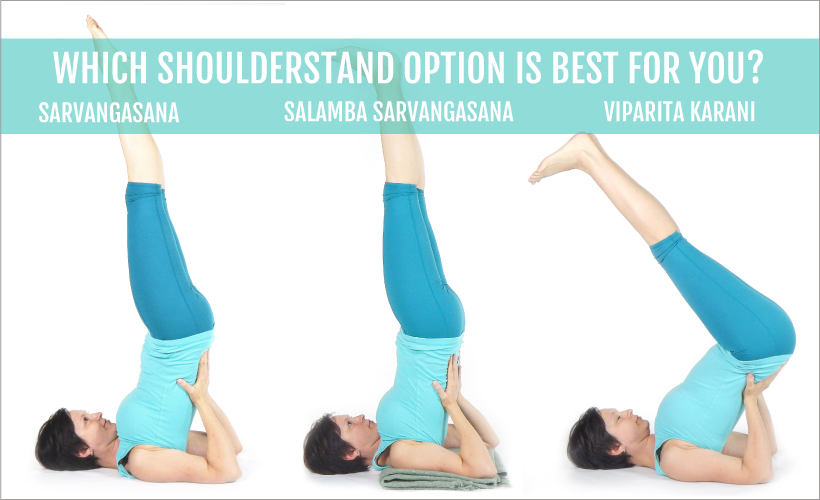
Are you interested in practicing Shoulderstand? Here is what it takes to prepare your neck and the rest of the body for this pose and compensate for it.



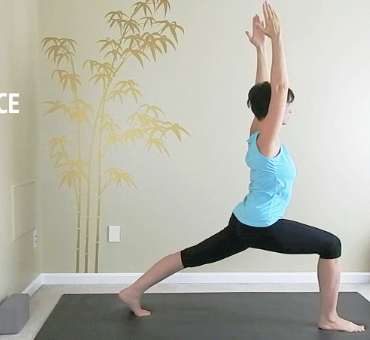
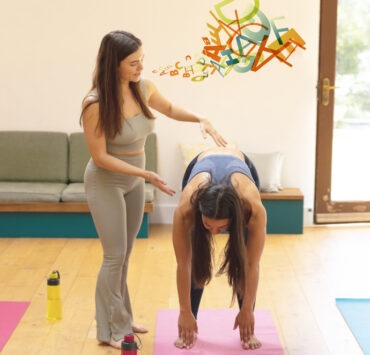



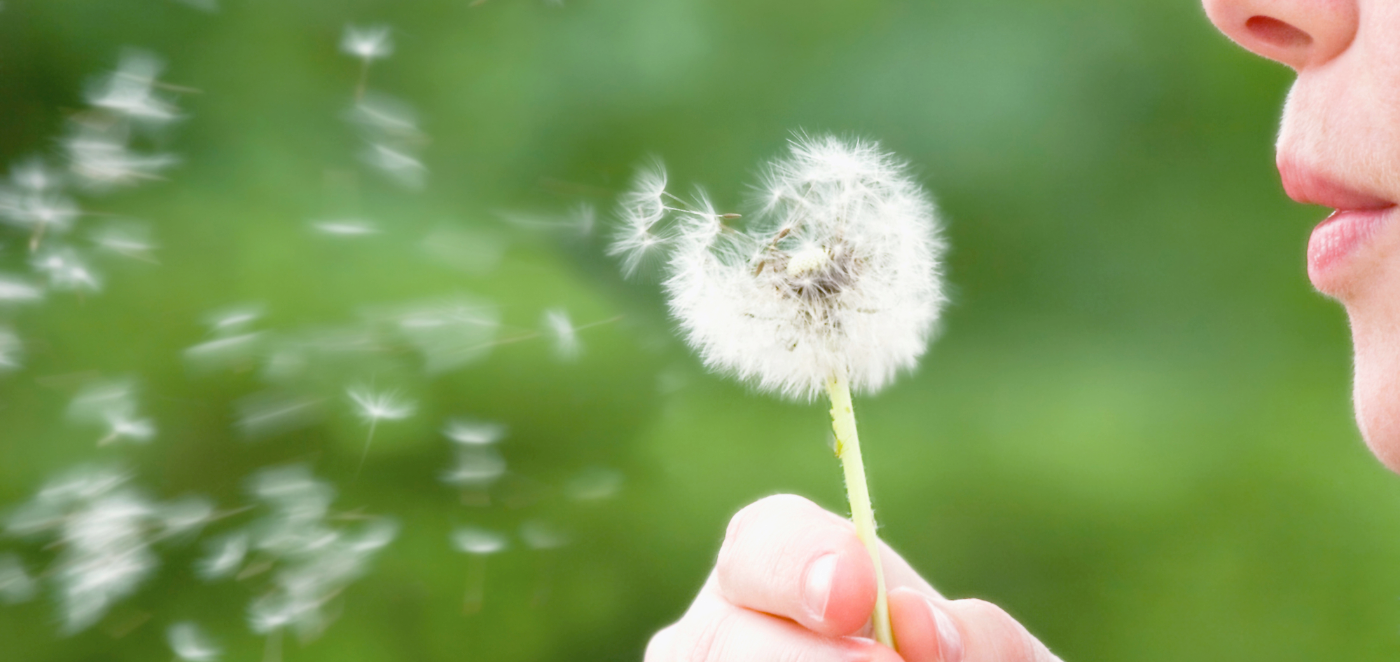
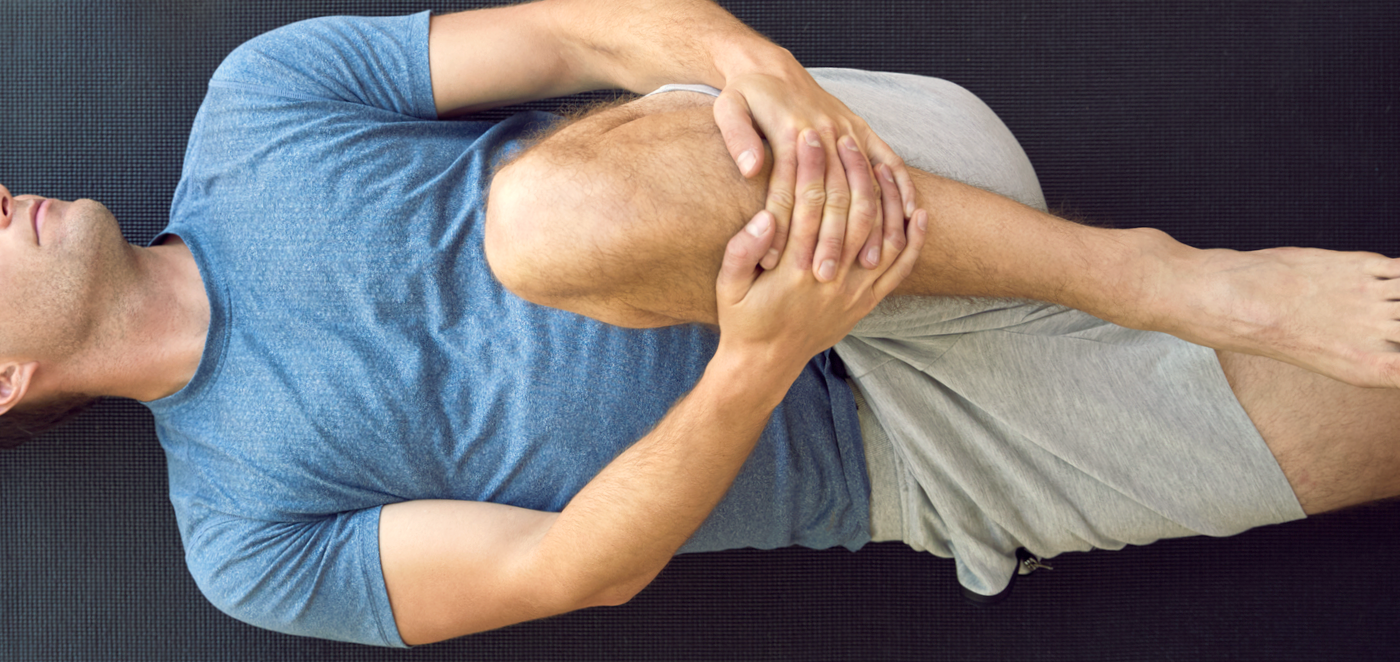

As a young instructor with less than a year of group class teaching I have only so far taught chair shoulder stand. The first time I do teach sarvangasana you bet your butt I will use blankets to help free the neck but I expect I will have my students move through halasana first. What should I do instead?
Hello there! I am putting finishing touches on the post that will describe in detail how to plan a class for the Shoulderstand. It will be published on Monday. I hope it will answer all of your questions. Thank you for connecting!
Hi Olga, that you for your article.
I feel that when shoulder stand is taught correctly ..when the student has open shoulders and understands the movements of the elbow, shoulders, coxysis and legs, then he or she can be taught Salamba Sarvangasana. In the Iyengar method, we use blankets, belts, chairs you name it to feel the pose correctly. It would be such a shame to miss out of the Queen of all Poses. But of course , if done incorrectly, one could create more pain than bliss.